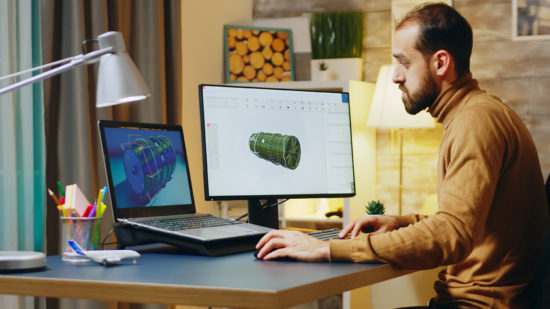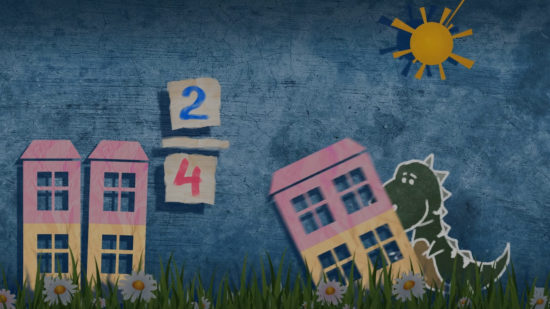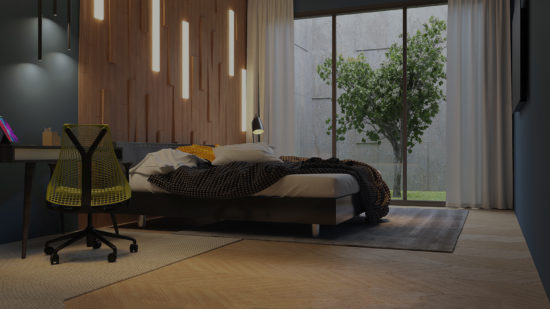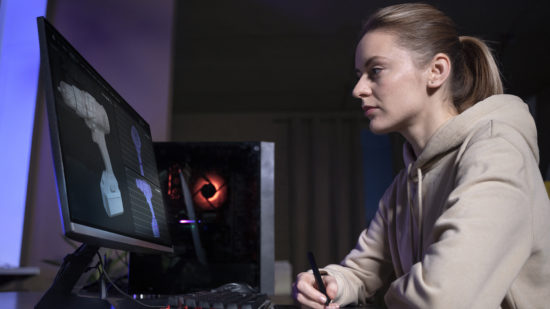Every person familiar with modern media products (films, commercials, gifs, and YouTube videos) has encountered frame-by-frame animation. Many people are used to thinking that animation is a digital image that has been set in motion with the magic tools of special software. Well, in fact, this process is much more complicated and exciting. Plus, frame-by-frame animation is an effective business tool.
So what is frame-by-frame animation, and how can it be used across different industries? In this article, we will answer these questions, show you how to make frame-by-frame animation and which 3D animation services can help improve your project.
What is Frame-by-Frame Animation
Frame-by-frame animation creates static digital frames separately and overlays them to create a single moving frame. Thus, the artist conveys the plot, the actions of the character, and the functionality of the object. In addition, you can add natural motion effects to still images, such as blowing wind and falling foliage.
2D and 3D animations can be applied in different ways. Some artists merge 2D with 3D animation. For example, they animate 2D characters in a three-dimensional environment. The processes of creating animations for various fields are similar but still slightly different:
2D frame-by-frame animation
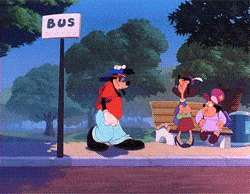
2D frame-by-frame animation is a process of manual sketching frames with specific software like Adobe Photoshop. 2D animation artists draw different frames and then overlay layers frame-by-frame at a high frame rate. Drawing skills are critical to the work of a 2D animator.
3D frame-by-frame animation
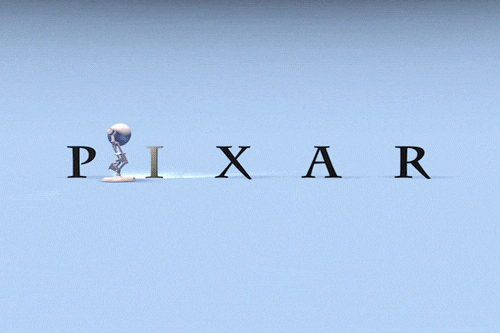
3D frame-by-frame animation process resembles controlling puppets. Usually, an animation artist gets a modeled character or an object that needs to be rearranged in different positions and superimposed frame-by-frame. That is why a 3D animator is not required to have strong drawing skills.
There are many more techniques and methods for performing this process.
Frame-by-Frame Animation Techniques
Different goals and branches of animation require the use of various techniques for its creation. Thus, there are five primary methods of creating time-lapse animation that professional animation artists use.
-
Traditional animation. This type of animation is also called hand-drawn animation. Simply put, this is a 2D animation in which the artist draws by hand each frame of the future scene and overlays them.
-
Digital Animation. The digital animation method involves creating a scene from several frames using special software instead of by-hand drawings. Thus, the process of frame-by-frame animation can be accelerated and simplified, and the difference between frames will hardly be noticeable.
-
Stop Motion Animation. The essence of the stop motion animation method is to animate objects in a frame step-by-step, rearranging things so that they seem to be moving in a time-lapse mode. In addition, there is a particular kind of animation for working with clay objects called claymation.
-
Rotoscope Animation. Using this method, we basically transfer camera-filmed frames to software frame by frame. Here’s how it works — let’s say you’ve found a reference for a scene or movement that you need for your plot. Therefore, you use the video reference in a particular program, redrawing the lines of video objects from each frame to create a digital version of actual movements.
-
Flipbook Animation. The flipbook animation process is considered one of the oldest animation methods and occurs by hand drawing individual frames on sheets of paper. After drawing several frames of the same scene/movement, the artist scrolls through the sheets from the first frame to the last very quickly to create the illusion of movement.
You can also learn more about the main animation styles you can use for different purposes.
Where Frame-by-Frame Animation is Used
The uses of frame-by-frame animation are quite broad because it helps reach various business goals. But how exactly can you use it in different industries? We’ve highlighted the most helpful use cases.
Cinematics
All the cartoons we create from simple flip animation have grown in quality over the years, and now produce impressive results. For example, one of the most famous animation artists, Walt Disney, has shown the world how to entertain an audience and make money on it.
Since then, technologies for frame-by-frame animation have improved, but the value from its use in cinema has remained substantial. So now, we can make creative characters and spectacular worlds with the drawings and the technology of bringing them to life called frame-by-frame animation.
Gaming
Creating game scenes with frame-by-frame animation can be time-consuming, but using the rotoscope method is a great way to translate motions that look pretty natural. In the event that you need to convey some actions like a bomb explosion or natural effects as lightning, then using 2D animation will be pretty quick and effective. And digital animation of 3D objects will also be an excellent method to convey actions to a gamer.
Marketing
Frame-by-frame animation is a handy tool for publicity. For example, there are some very popular cases of frame-by-frame logo animation like the jumping lamp of Pixar studio that takes the place of an I letter.
In addition, you may have seen one of Cannes Lions’ (international festival of creativity) award-winning commercials made with stop motion animation method that truly captivates.
Education
What can education be without an interactive and entertaining approach to conveying information? Frame-by-frame animation is widely used in educational videos for kids of different ages. Thus, students are involved in learning and do their best while having fun.
Scientific/manufacturing visualization
Sometimes, it can be hard to explain some vital studies in science or a plan for engineering work. In such cases, visualization with frame-by-frame animation allows one to convey some ideas and glean insights from the data.
Need 3D animation services fast?
You can rely on us!
How to Make Frame-by-Frame Animation
Whether you need to create a frame-by-frame animation project to impress your target audience or present your stunning idea, it’s better to know how to achieve timely results without wasting your efforts.
1. Planning. The fundamental principle of any successful project is preparation. You can start with defining the main idea that needs to be conveyed and the target audience interested in it. It’s also better to analyze the market and determine the budget for your animation project.
2. Concept Development. Creating a concept is a crucial pre-production stage when you need to visualize all the objects that will appear in your animated story. It’s like casting; each character should convey its character and some profound idea. So you can make sketches of characters in different poses, props, and environment concept art.
3. Script Writing and Voiceover. Imagine you are making a film — it will definitely need a script to clarify what and when characters must do. The same point applies to any animation product, especially when planning each frame to make a complete picture of them later. So write a script including character lines and their actions, then let voice actors do their job.
4. Storyboarding. This stage implies the creation of some kind of prototype of a project. You need to draw the main scenes as a draft, then make some helpful notes and edits before animating. So use your script, a voiceover file, and draft frames to examine the approximate future results.
5. Animation. It’s finally time to animate! This process can be quite time-consuming and laborious because you need to put together every piece of work you did before and create some new parts of a story in the process. In any case, it helps to use specific software like Adobe After Effects or Blender.
6. Production. This stage of the animation project is final. Now you make sure you put each frame together in the correct order and consider each detail. Then the voiceover file needs to be merged with the visual part harmoniously, without delays and uneven voice lines.
Choosing Frame-by-Frame animation partners
As you can see, frame-by-frame animation is not just for entertainment but an effective business tool, too. That’s why creating top-notch frame-by-frame sequences can be a good way to surpass your competitors. But this takes outstanding experience, specific skills, and software.
If you lack the proper resources for independent animation, you can rely on a professional studio that can bring any idea to life in its best form. For example, 3D-Ace is always happy to assist you with animation of any type and complexity. Entrusting us with your project, you’ll get a detailed consultation and work that will culminate in an awesome product, exactly as you imagined.
It’s never been easier to get a stunning frame-by-frame animation — simply contact us, and you’ll get a custom product that is hard to compete with!
